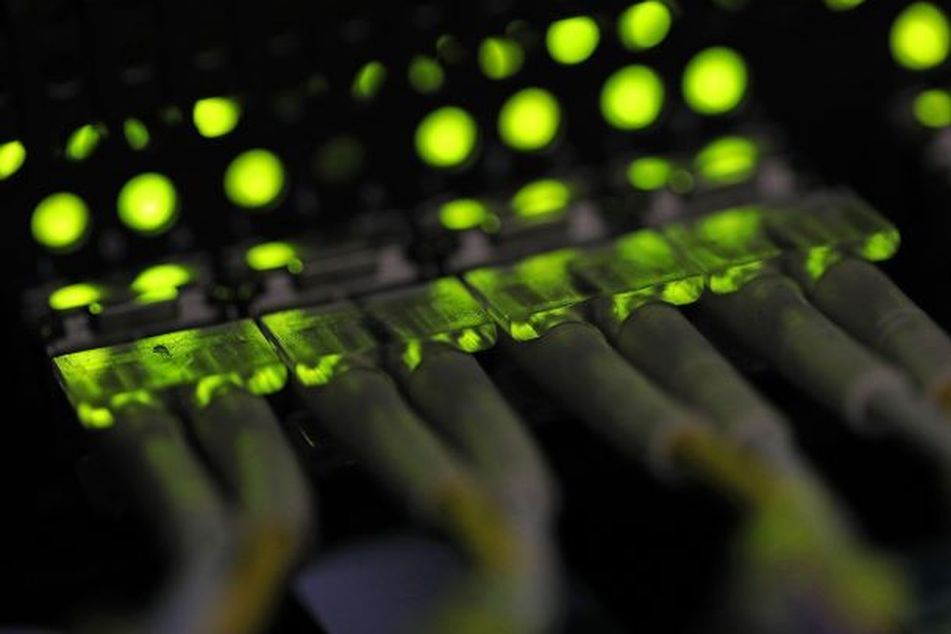Blockchain offers benefits to retirement ecosystem
 1
1
Technology promises to reduce millions of errors.
America’s workplace savings industry is a diverse and complex ecosystem of employee participants, plan sponsors, record keepers, advisers, asset managers, broker-dealers, banks, insurers and multiple government agencies. Information that flows between these parties is vast, expanding and accelerating — with compounding systemic risk triggered by transmission and transaction errors.
[More: AI, blockchain should be high priority for record keepers]
Blockchain and distributed ledgers promise to optimize and simplify these processes. By placing information on a distributed ledger that can be instantaneously reviewed and updated across a chain, the industry can reduce or eliminate millions of bilateral data updates and transfers, establish robust cybersecurity, and leverage massive and systematic efficiencies that ultimately benefit workplace savers.
At a recent Boston conference on blockchain applications in workplace retirement savings, sponsored by the SPARK Institute and DCIIA, we identified several “low-hanging fruit” on which the industry might concentrate:
• Data about the retirement savings of individual investors is scattered across multiple plan sponsors, record keepers and advisers, and is shared through the cumbersome transmission of digital files. The placement of unique plan participant identifiers on a distributed ledger would ensure that employees and service providers can always locate financial assets, avoiding a chronic industry concern with disconnected participants and misplaced assets.
[More: Blockchain will upend the 401(k) market]
• Unique identifiers for plan sponsors would likewise coordinate the work of multiple stakeholders and ensure that data for plan participants and sponsors “align” on a blockchain.
• All of these chains could interact and cross-reference data as needed.
• Advisers — with digital connections to numerous partners across the industry — would connect central components in this new ecosystem of distributed ledgers.
While generally endorsing the notion of a blockchain identifier for stakeholders, the industry is less certain with respect to next steps. It seems clear that distributed ledgers for workplace savings plans would greatly facilitate rollovers, re-enrollment and help avoid dreaded savings “leakage.”
“Blockchains for workplace savings foretell transformative gains in efficiency and error reduction. However, industry stakeholders will remain protective of their own proprietary data, leading to a vigorous discussion about what data is on-chain and off-chain,” said Tim Rouse, executive director of SPARK.
two looming opportunities
[Recommended video: Personalization and custom communications are key to the evolving client experience]
The workplace savings industry is already looking forward to the means by which blockchain technology might be deployed around two looming industry opportunities — the diversification of savings plan investment allocation and the conversion of retirement savings into lifetime income.
In much the same way that stock exchanges facilitate price discovery, a distributed ledger might allow interested parties to accurately price alternative assets, greatly facilitating their inclusion into instruments such as target-date funds and managed accounts.
With regards to lifetime income, discussion is expected around the role that blockchains could play in elaborating income-producing strategies — annuitization, programmed withdrawal, managed payout funds and other techniques still in development. The rise of blockchain and the “tokenization” of annuity assets promise customizable strategies that may revolutionize how we think about savings and retirement.
John Mitchem is a principal at JM3 Projects.
Register today for our Future of Financial Advice event on Nov. 20.
Learn more about reprints and licensing for this article.




